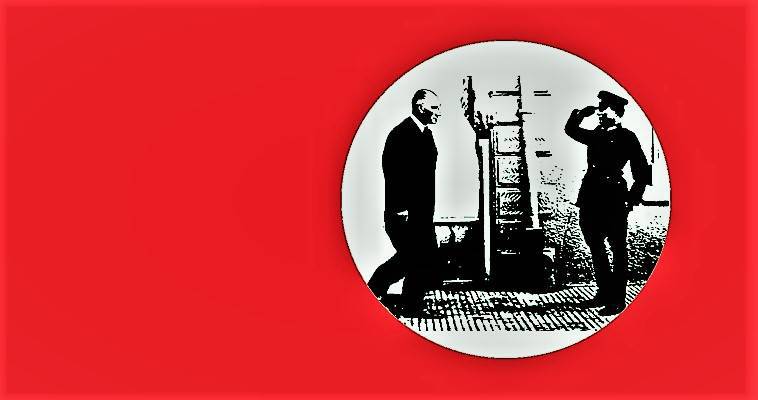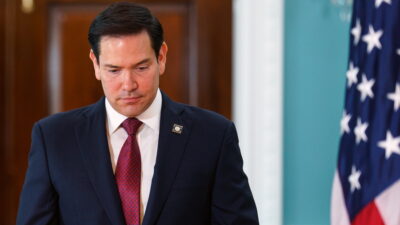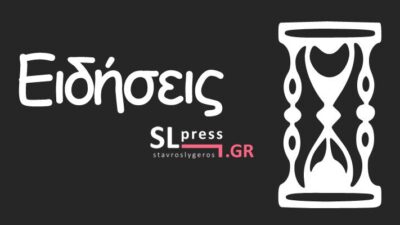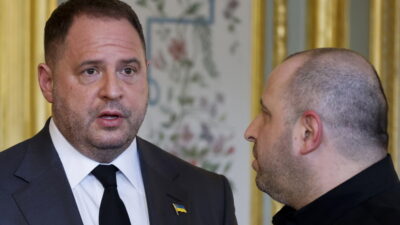Look who is talking! – A Turkish history lesson for Mevlüt Çavuşoglu
29/07/2020
On July 27, Mevlüt Çavuşoglu told his Spanish counterpart: “Impotent behaviors such as lowering the flag and burning the Turkish flag suits them. After putting the Greeks into the sea after the War of Independence, we respected the Greek flag, especially Gazi Mustafa Kemal Atatürk. We are such a nation, and they do it well.” Taking the opportunity that the words “Turkish nation” and “Ataturk” give us, let us be transported to vast dug up fields, full of … lime in eastern Turkey. That is where the modern Turkish nation-state begins.
Many decades ago, the position where Mevlüt Çavuşoglu is today, was occupied by Tevfik Rustu Aras, Turkey’s longest-serving foreign minister. Aras had served the Turkish nation long before that. During the period of the Armenian genocide, as a doctor, he had served as Inspector General of the Health Service in charge of the most difficult mission that accompanies a modern genocide: to get rid of the countless corpses. “It’ not the killing that is the problem, it’s disposing of the bodies, that’s the problem.” was the concern of a German concentration camp commander in the 1961 film Nuremberg. Aras, then, had succeeded twenty years before the Germans.
His organizational skills and methods horrified the Red Cross and foreign correspondents. He had given the order, after throwing the corpses in wells or ditches, then to fill them with lime (calcium oxide and / or calcium hydroxide). Then they would cover the wells with soil. Within six months the bodies of the slaughtered Armenians had disappeared from the face of the earth. The distinguished historian Jeremy Hugh Baron had published relevant research in 1999 citing the method of Aras.
Dr. Resit Galip, a passionate supporter of Ataturk, described the Turkish “superior race” as “tall, white, with a thin nose, a straight lip, often a blue-eyed alpine race” known for virtues such as “politeness, heroism, and artistic and social talent”. Galip served as Minister of Education of the Turkish Republic. However, if we measure the noses of Turkish politicians, especially Mevlüt Çavuşoglu, it will be difficult to find thin noses. Even Donald Trump would consider Gallip’s methods stupid. “Do you want proof that we are white? Look around you! ” he said at a conference.
Among the 150 young Turks who received scholarships to study at the University of Berlin in 1923 was Sadi Irmak. Kemal Ataturk himself wrote to him before leaving for his studies “I send you like a spark, you will return like a flame“. Indeed, he did. Sadi would return overwhelmed with his new “knowledge”. Perfection of the species and sterilization of people were methods that Sadik came in contact with in Germany, was fascinated by and returned to offer such knowledge to the Turkish university.
The opposing general and beauty
Of course, those Turks who opposed the Naziization of the Turkish Republic made no moves. Who knows General Mehmed Vehib who, when informed of the mass extermination of Armenians in his area, wrote a report and executed those responsible. The general left abroad unharmed, wanting nothing to do with the regime of the Turkish Republic. Distinguished academic Zeki Velindi Togan went public against Kemal’s stepdaughter Afet İnan and a supporter of Turkish white supremacy. Of course, he also had to find refuge abroad.
Kemal sent Afet İnan to do her doctorate in Switzerland so as to be able to convince scientifically that the Turks belong to the white race! Through pseudo-scientific experiments, blood tests and other tools Hitler used she believed she had succeeded. Ataturk’s drive to modernize and Europeanize the Turks passed through white supremacy and beauty. When in 1932,Turkish beauty Keriman Halis Ece was chosen as Miss World, Ataturk was overjoyed. “We are pleased with the judges [who chose this Turkish child as the most beautiful], showing that the great beauty of the Turkish race is always protected,” he said.
At an event, Keriman Halis Ece approached him, kissed him and then they danced. Ataturk then told her, “Even if we spent billions, we could not do the propaganda you did for us.” About twenty years later, the establishment would create a statue dedicated to youth on the model of Turkish Miss Europe, Günseli Başar. The vigor and beauty of the Turkish nation had to be propagated, just as German beauty was, in the 1930s, in Nazi Germany. The beautiful and flawless Turkish women who won competitions had joined exactly this racist policy of the Turkish Republic.
Eugenic Turkish Republic
The members of the Turkish Review of Anthropology, through their scientific articles in the decades 1920-1930, tried to strengthen the Turkish Republic by promoting Turkish racial superiority. “The Greeks of Constantinople are ‘the descendants of a mongrel race’ while “Greeks and Egyptians are descendants of the Turks” one read. They used the same eugenic anthropometric practices of their German contemporaries. They measured, for example, the weight or height of the children of Greeks, Jews, Turks, etc. and made comparisons to produce results that certify the superior Turkish physical characteristic. The Turks concluded: Turkish children are heavier, therefore superior!
Such a coincidence of ideologies could not but be applauded by the Nazis. In his memoirs, Albert Speer, the Nazi Minister of Armaments, noted that Hitler expressed admiration for the ruthlessness of Muslim Turks. Hitler wished Turks had conquered Europe and converted the continent to Islam. The “soldiers of Islam” received a warrior’s heaven, “a real earthly paradise” with “houris” and “wine flowing.” This, Hitler argued, was much more suited to the “Germanic temperament” than the “Jewish filth and priestly twaddle” of Christianity.
Today, Jews tolerate no dubious reference that is made to the Holocaust. Franco-German friendship never made forgetting Nazi crimes a precondition. On the contrary, in Greece, especially since the 1990s, efforts are being made – also funded by the EU – for the Greek public to ostensibly get to know the beautified OTHER, but eliminating the continuing violent Nazi aspects of the Turkish state. In the Greek-Turkish case, things have to be somewhat relativized so that Ataturk can pass as a symbol of Greek-Turkish friendship. When the “soft power” has done its job, the time of politics comes, as the ground has been prepared.
All states have an extremely violent past, some more, some less. Greece is no exception. However, what is most dangerous is that there are are those who do not stop praising Turkey’s past and appear today as democratic interlocutors … leveling responsibilities, rights and divisions while scoffing at history.





